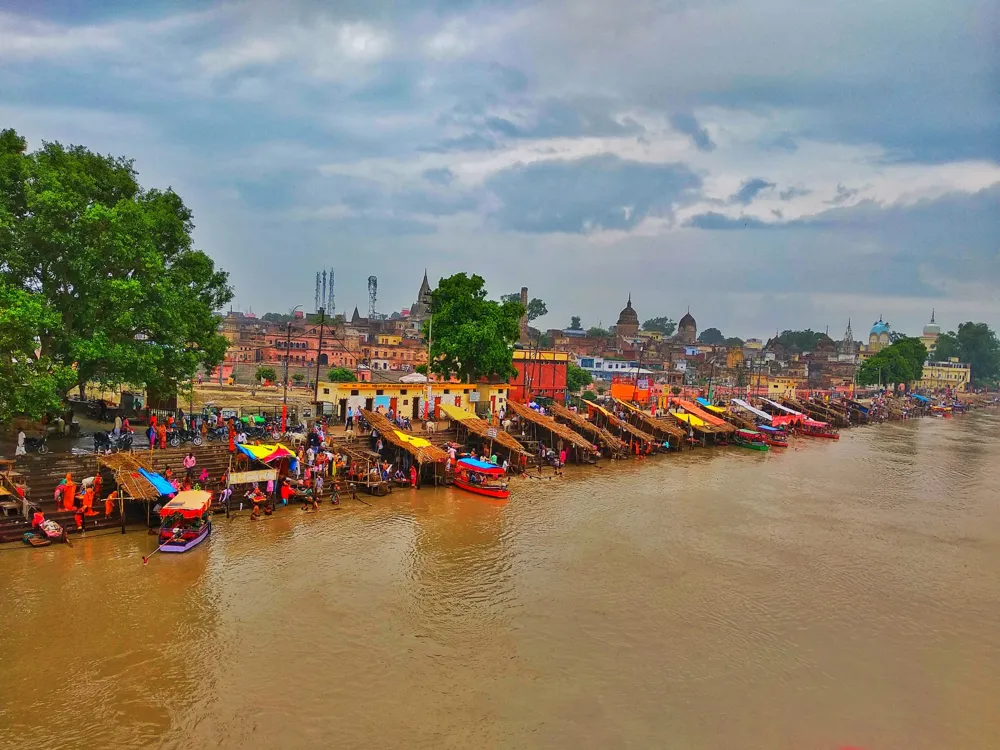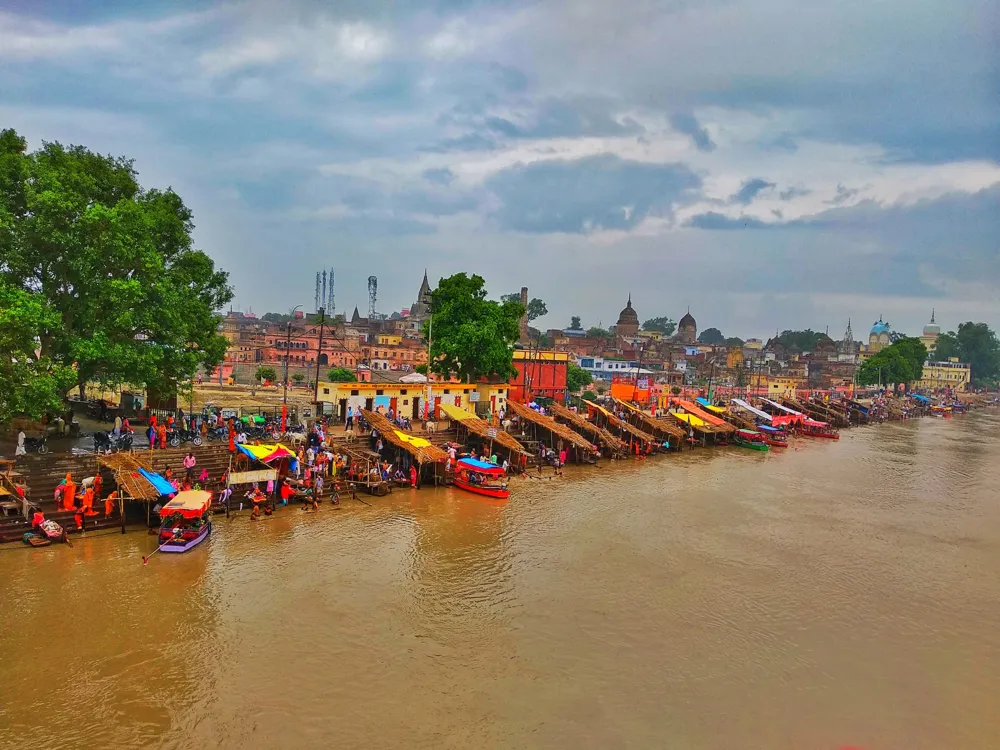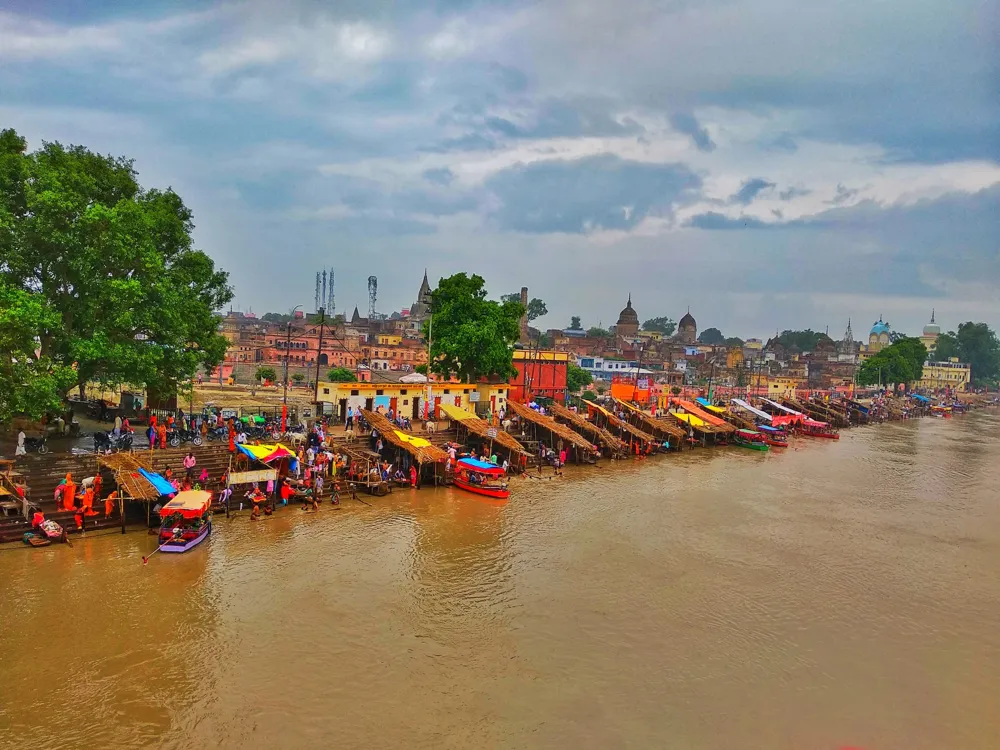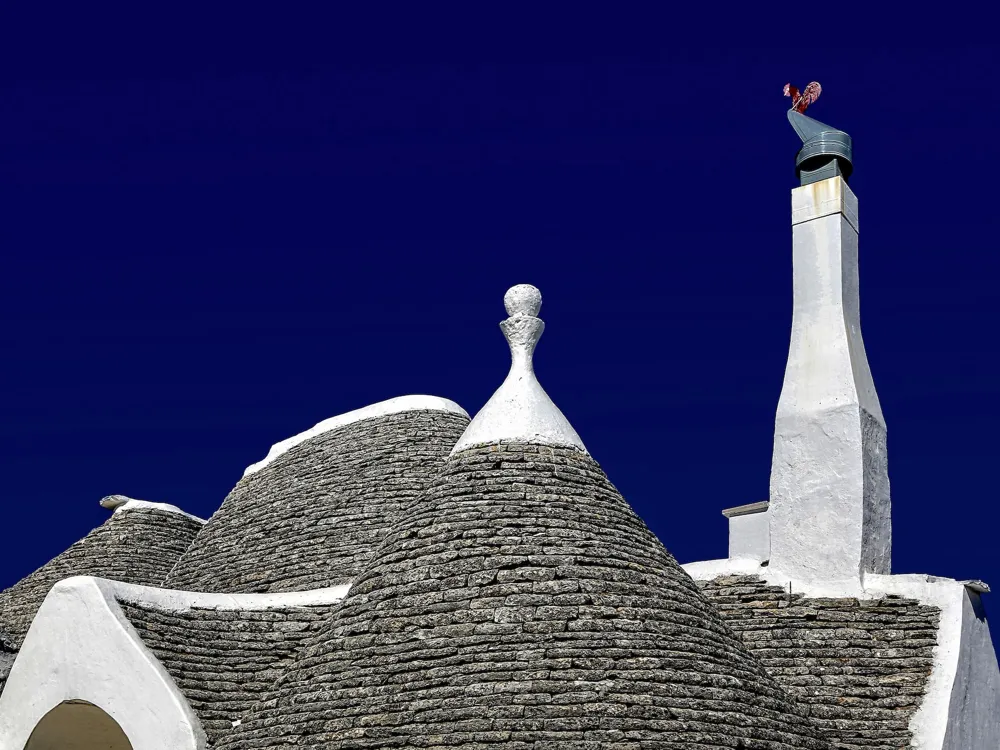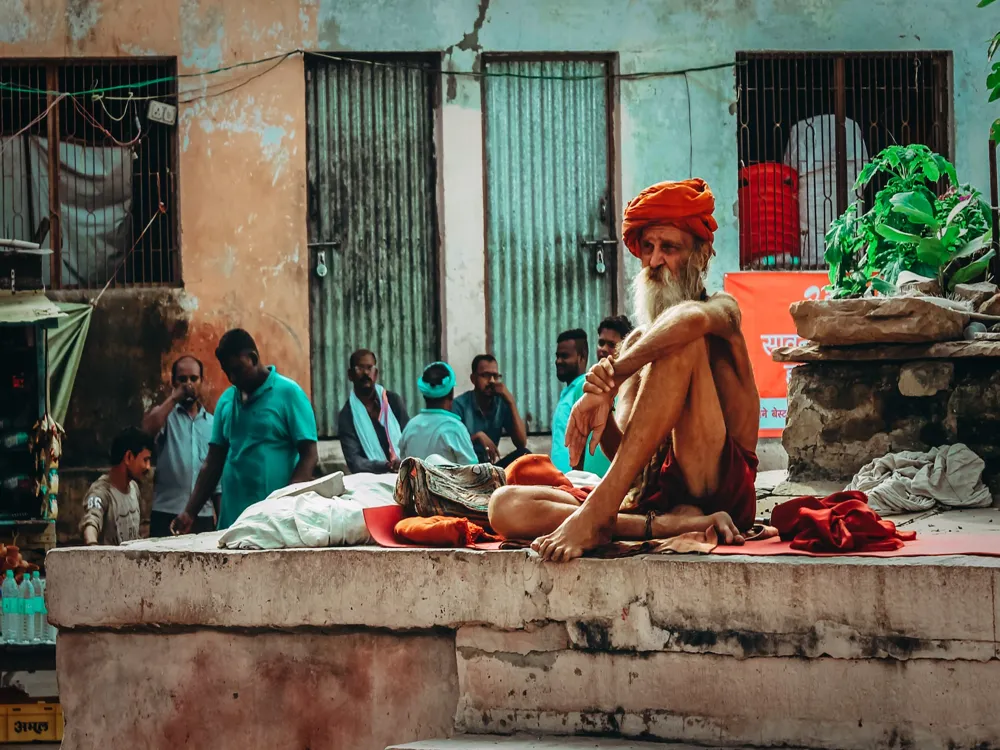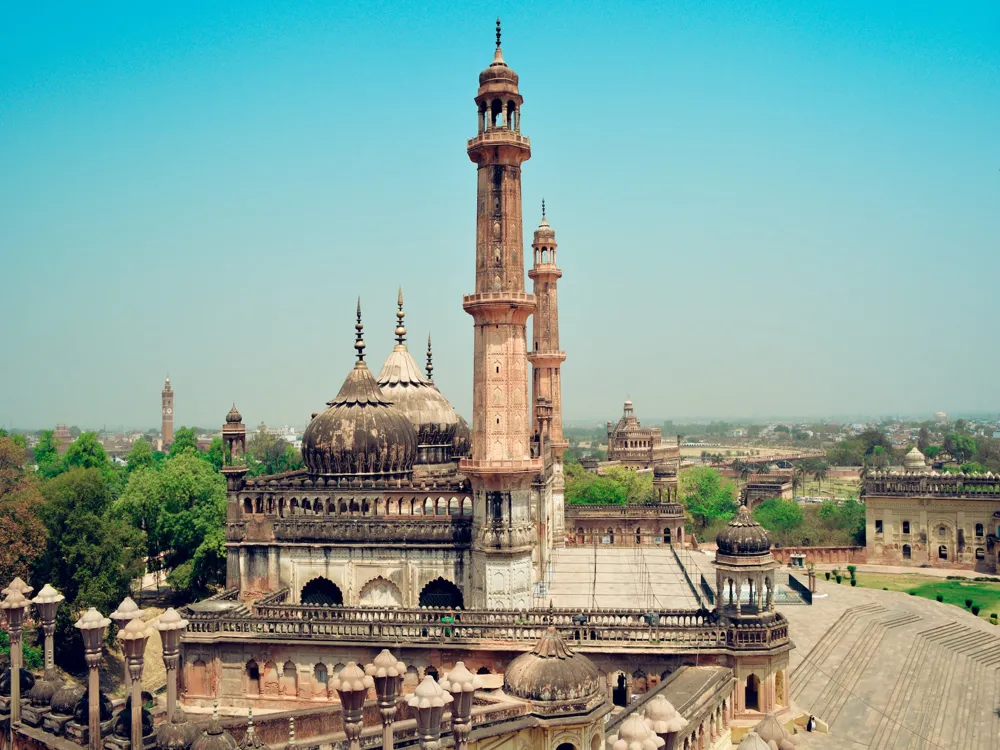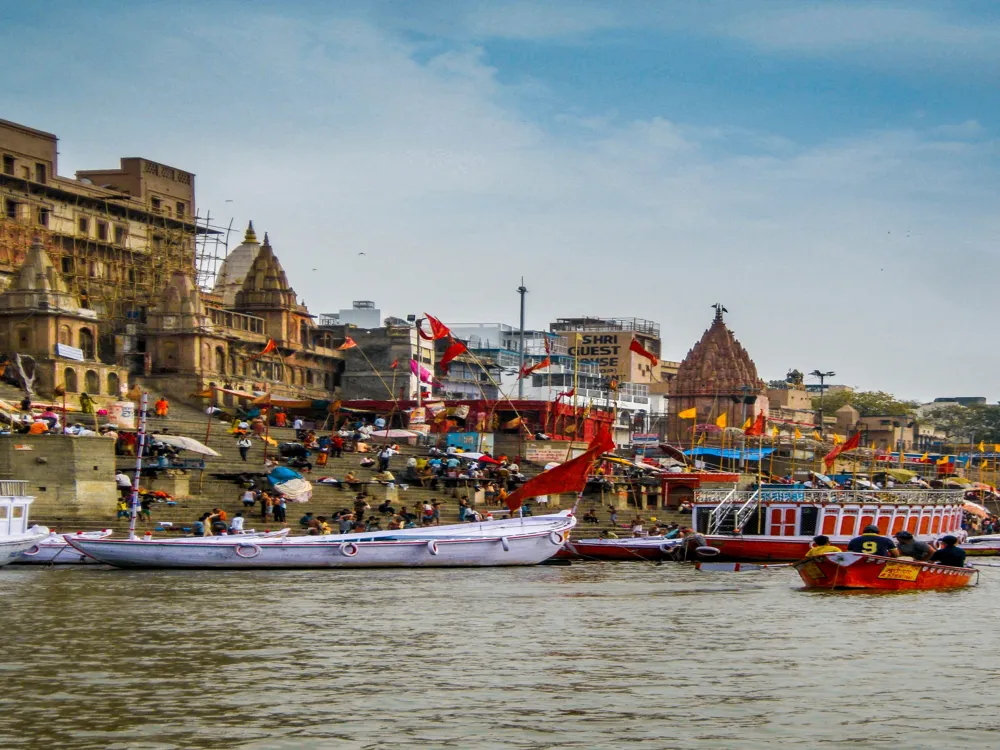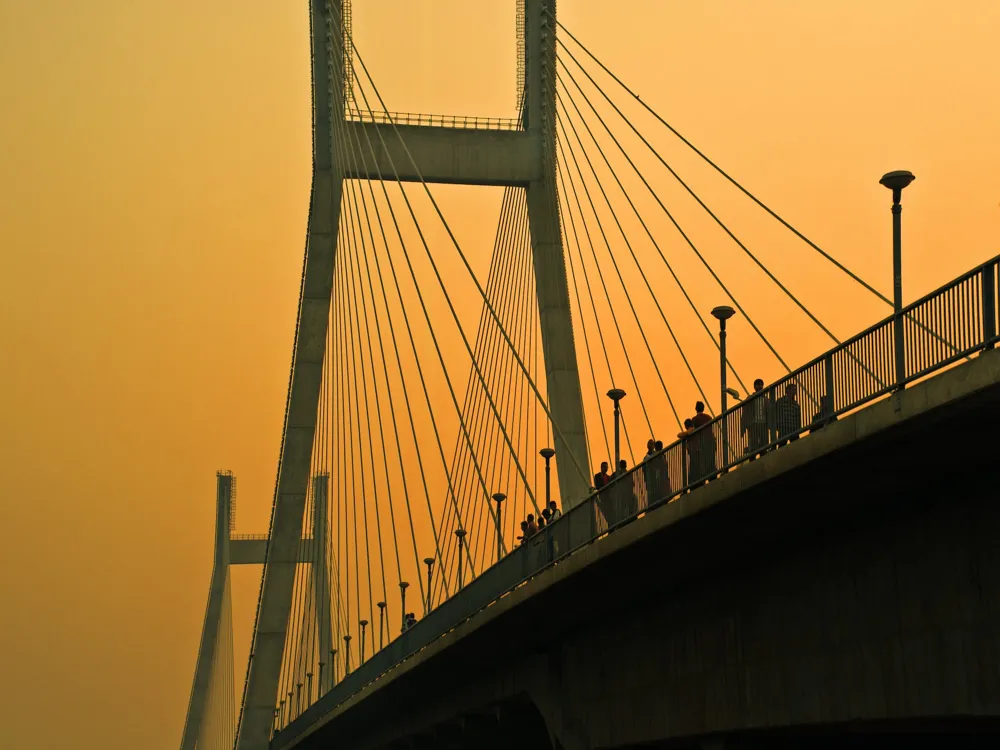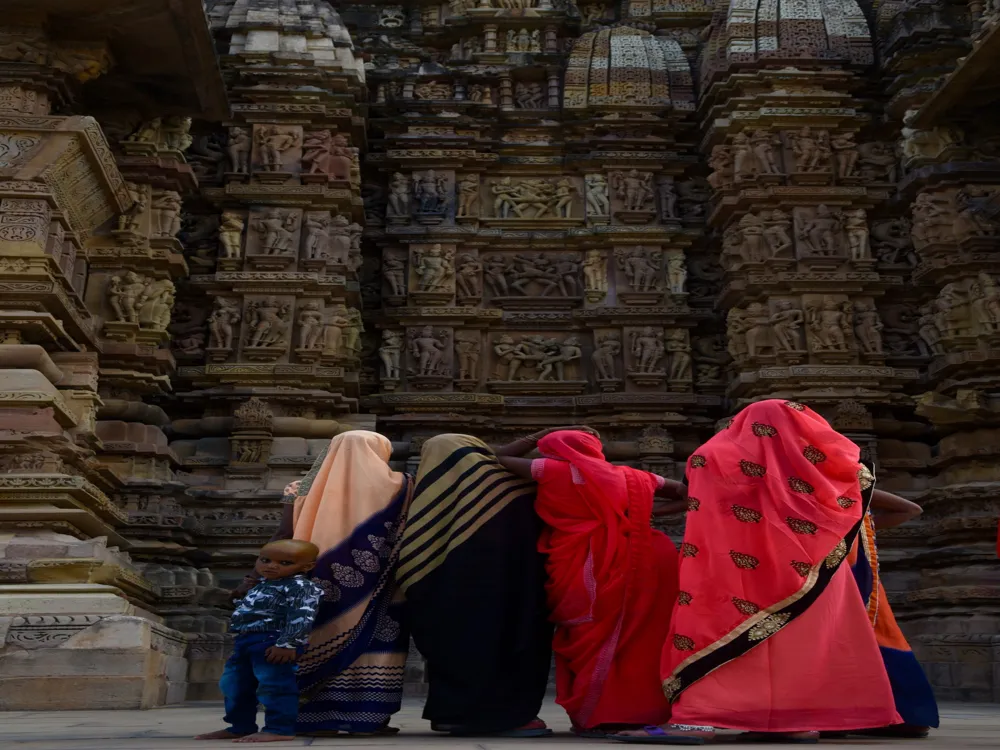Ram Janmabhoomi, positioned in the heart of Ayodhya, Uttar Pradesh, holds immense significance in the artistic and religious fabric of India. This sacred point is deified as the motherland of Lord Rama, a major deity in Hinduism and the promoter of the grand Ramayana. The history of Ram Janmabhoomi spans thousands of years, intertwining mythological tales, literal events, and artistic developments. The armature of Ram Janmabhoomi is a splendid admixture of ancient Indian styles with ultramodern construction methods. The proposed design for the Ram temple, which is set to be constructed at the point, draws alleviation from traditional Hindu temple armature, known as Nagara style. Callers to Ram Janmabhoomi are advised to dress modestly, esteeming the saintship of the point. Traditional Indian vesture is preferred but not obligatory. It's important to maintain decorous behavior and abstain from loud exchanges or conduct that might disturb other pilgrims. The stylish time to visit Ram Janmabhoomi is between October and March, when the rainfall is affable. Callers might also consider planning their trip during major Hindu carnivals like Diwali or Rama Navami for a further immersive artistic experience. Ayodhya offers a range of lodgings, from budget digs to luxury hospices. Advance booking is recommended, especially during peak passage seasons and carnivals. introductory installations like restrooms and drinking water are available at the point, but it's judicious to carry essentials like water bottles and first aid outfits. Ayodhya is well-connected by road, rail, and air. The nearest airport is in Lucknow, about 135 kilometers from Ayodhya. Regular train services connect Ayodhya to major metropolises in India. For those traveling by road, a network of public and state roadways links Ayodhya to the colorful corridor of the country. Original transportation like hacks and autorickshaws is readily available for exchanging within the megacity. READ MORE:-Overview of Ram Janmabhoomi in Ayodhya, Uttar Pradesh
According to Hindu tradition, Ayodhya was the capital of the ancient Kosala Kingdom, ruled by King Dasharatha, Lord Rama's father. The megacity has been a focal point of devotion and passage for centuries, drawing millions from across the world. The story of Lord Rama, his exile, and his eventual return to Ayodhya is celebrated during the jubilee of Diwali, emblematizing the triumph of good over wrong.
The point of Ram Janmabhoomi has witnessed multitudinous literal events, including the construction and destruction of colorful structures over the centuries. These events have shaped the religious and political geography of the region, making Ram Janmabhoomi a symbol of faith, adaptability, and conscientiousness for numerous.Architecture of Ram Janmabhoomi
The Nagara style is characterized by its distinct shikhara( becket), mandapas( pillared halls), and garbhagriha( sanctum sanctorum). The planned temple at Ram Janmabhoomi is envisaged to be a grandiose structure with multiple shikharas and intricately sculpted pillars and panels, depicting scenes from the Ramayana and colorful aspects of Hindu tradition.
The use of sandstone and marble is prominent in the construction, reflecting the rich architectural heritage of India. The temple's design also incorporates advanced engineering methods to insure life and adaptability, mixing the ancient with the contemporary in a harmonious mix.Tips for Visiting Ram Janmabhoomi
Dress Code and Conduct
Best Time to Visit
Accommodations and Facilities
How To Reach Ram Janmabhoomi
Ram Janmabhoomi
Ayodhya
Uttar Pradesh
₹ 9,500 onwards
View ayodhya Packages
Ayodhya Travel Packages
View All Packages For Ayodhya
Top Hotel Collections for Ayodhya

Private Pool

Luxury Hotels

5-Star Hotels

Pet Friendly
Top Hotels Near Ayodhya
Other Top Ranking Places In Ayodhya
View All Places To Visit In ayodhya
View ayodhya Packages
Ayodhya Travel Packages
View All Packages For Ayodhya
Top Hotel Collections for Ayodhya

Private Pool

Luxury Hotels

5-Star Hotels

Pet Friendly







